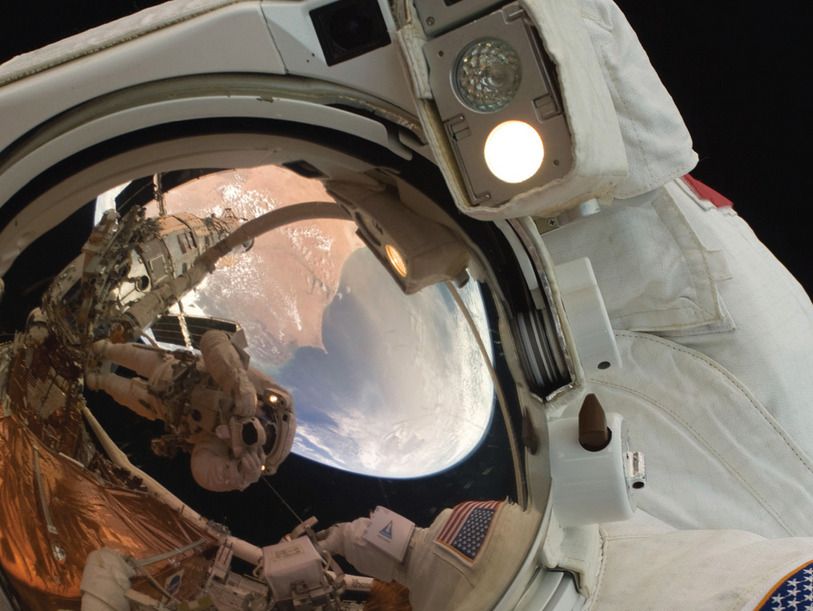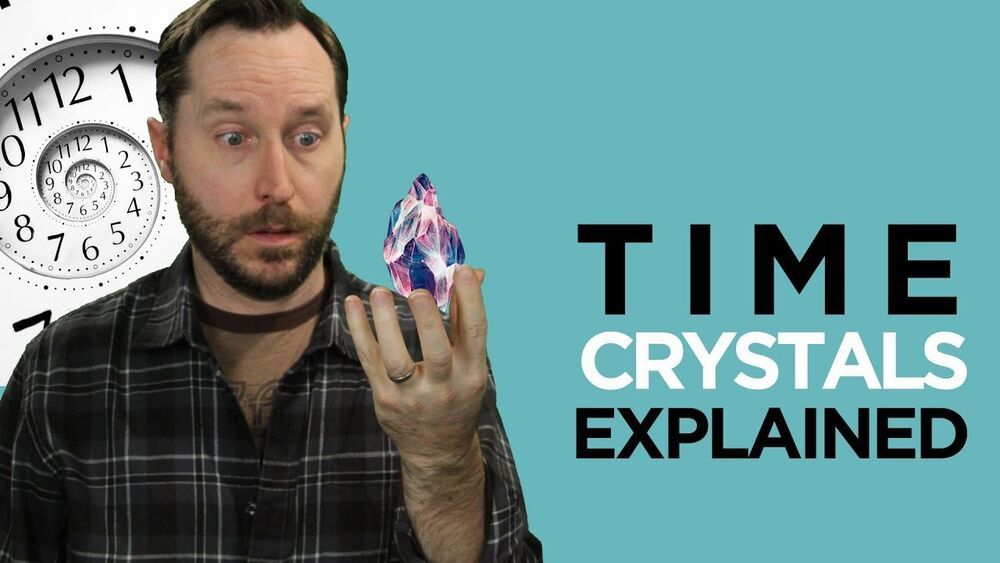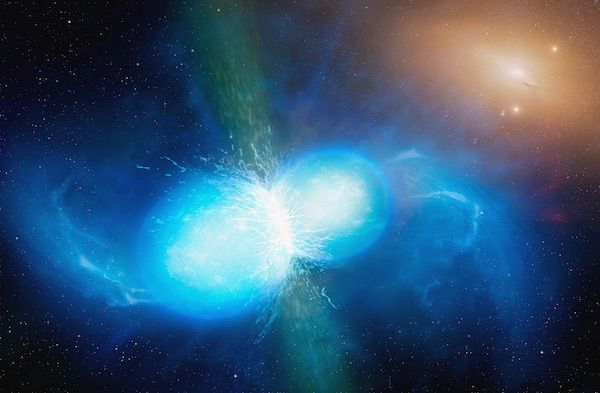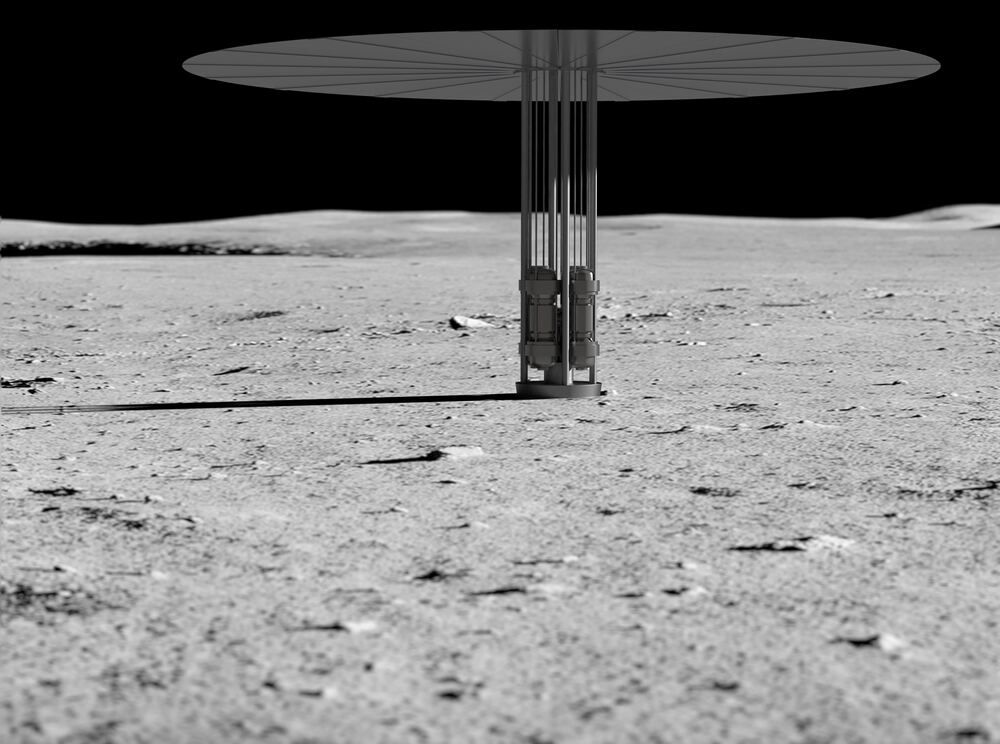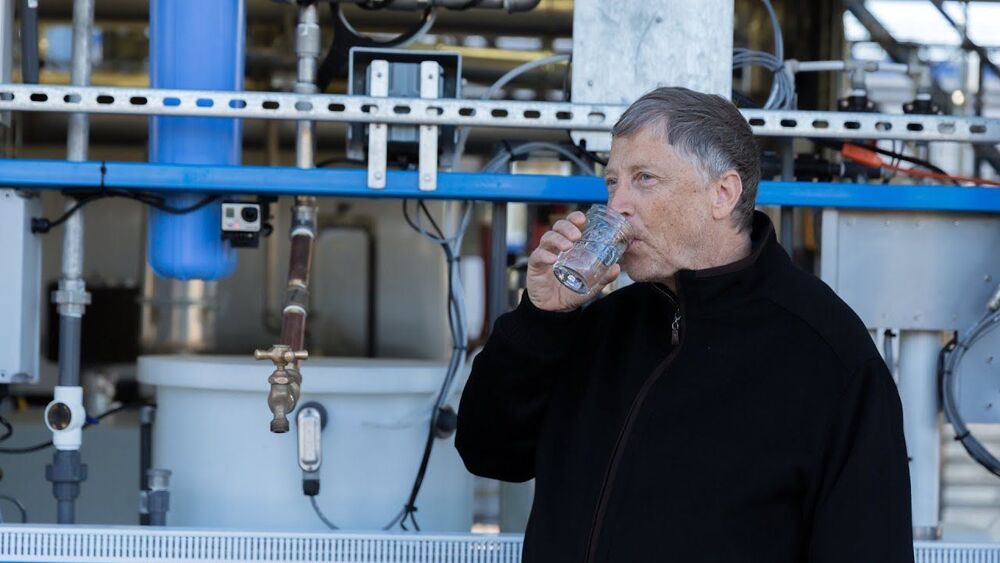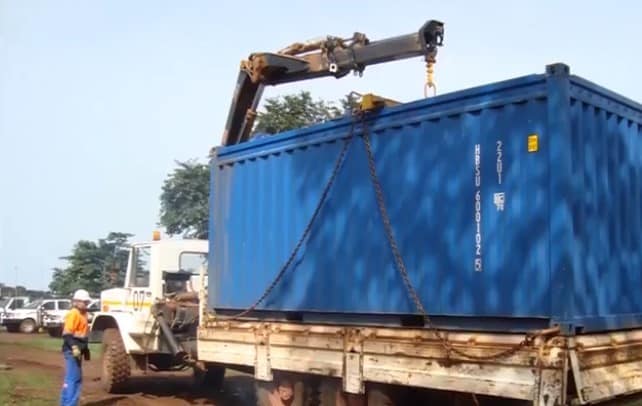Nov 15, 2020
Scientists invent way to turn astronaut poop into food for long-haul space missions
Posted by Quinn Sena in category: space travel
Omo circa 2018.
Humanity has big dreams when it comes to space travel, but our technology isn’t quite there yet. Spacecraft that can take astronauts to Mars and beyond are already in development but some huge questions remain, and one of the biggest issues is food.
Simply packing enough food to last for the entirety of the trip would be terribly inefficient and would leave space travelers in a tight spot if their return is delayed and they somehow run out of things to eat. Growing traditional foods onboard is also a tough sell due to the length of time it would take to grow and harvest it. Now, researchers from Penn State have come up with a novel alternative, and it starts with something astronauts will have no shortage of: poop.
